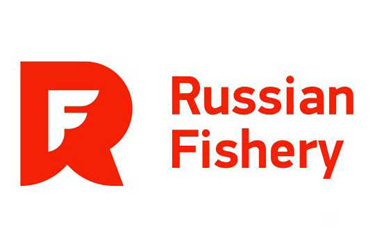The Russian Fishery Company (RFC) has sold off eight subsidiary companies holding herring, cod, and squid quotas of around 8,600 metric tons annually.
The move was made to optimize the company’s assets, RFC Head of Corporate Communications Evgeniya Tsymbal told SeafoodSource.
“The company aims to effectively fish and process pollock and herring in certain fishing areas. The quotas which don’t fit the priorities were offered to the market,” she said.
The Kommersant daily business newspaper reported RFC sold its eight subsidiaries: Treska-T, Treska-V, Sel’d-S, Sel’d-T, Sel’d-V, Kalmar-I, Terpug-V and Terpug-I. Assuming Russia keeps its total allowable catch consistent with past ranges, these companies’ total catch will total up to 129,000 MT, with 60 percent of that total being herring and the rest being cod and squid.
The buyer is Russia’s Collective Farm Fishery by V.I. Lenin (RK Lenina), based the Russian Far East, which has heavily invested in renovating its own fleet recently. It catches some 100,000 MT a year. Tsymbal declined to disclose the price of the deal.
Ilya Bereznyuk, the managing partner of Agro and Food Communications, a Russian consulting firm with a focus on the seafood industry, estimated the value of the sale at between RUB 2.5 and RUB 3 billion (USD 37.2 million and USD 44.8 million, EUR 33.4 million and EUR 40.3 million).
“[The] price of quotas depends on fishing areas, logistics, and some less predictable factors like political risks and possible profit over 15-year period,” he told SeafoodSource.
Bereznyuk said the sale was “rather reasonable, as RFC will have only high-margin species with high export potential” as a result.
According to Forbes magazine, RFC controls a combined total quota of 326,000 MT a year, making it third-biggest fishing company in the country ranked by volume. Industry experts said with the sale, RFC has signaled it will concentrate on its most profitable sectors.
In October 2019, RFC emerged as a big winner in the government-run nation auction for the country’s crab quotas, purchasing around 15 percent of the nation’s total crab catch.







